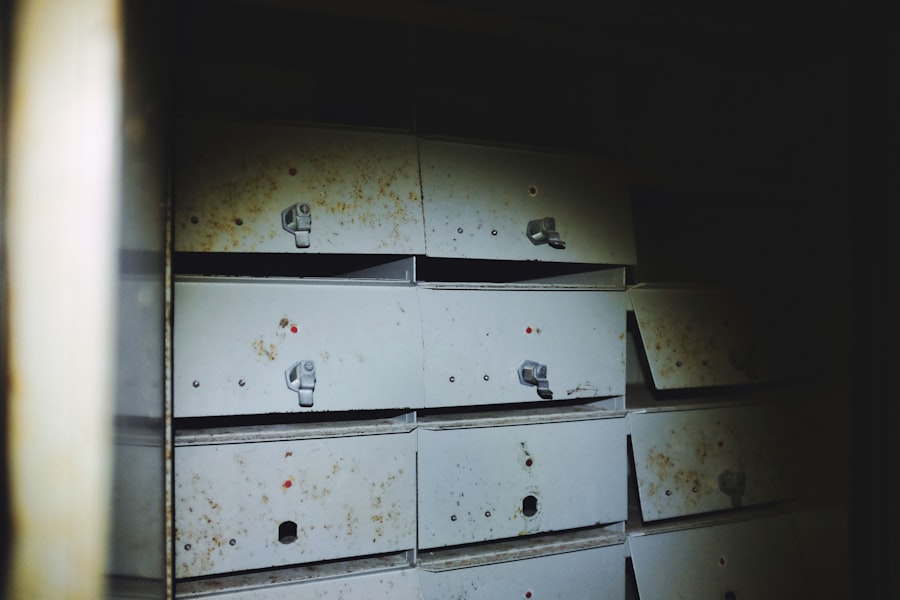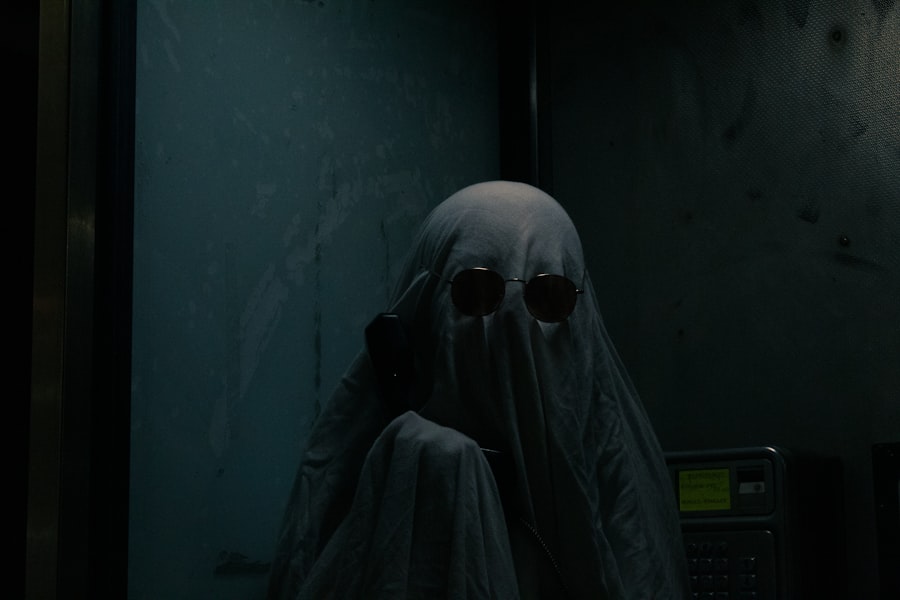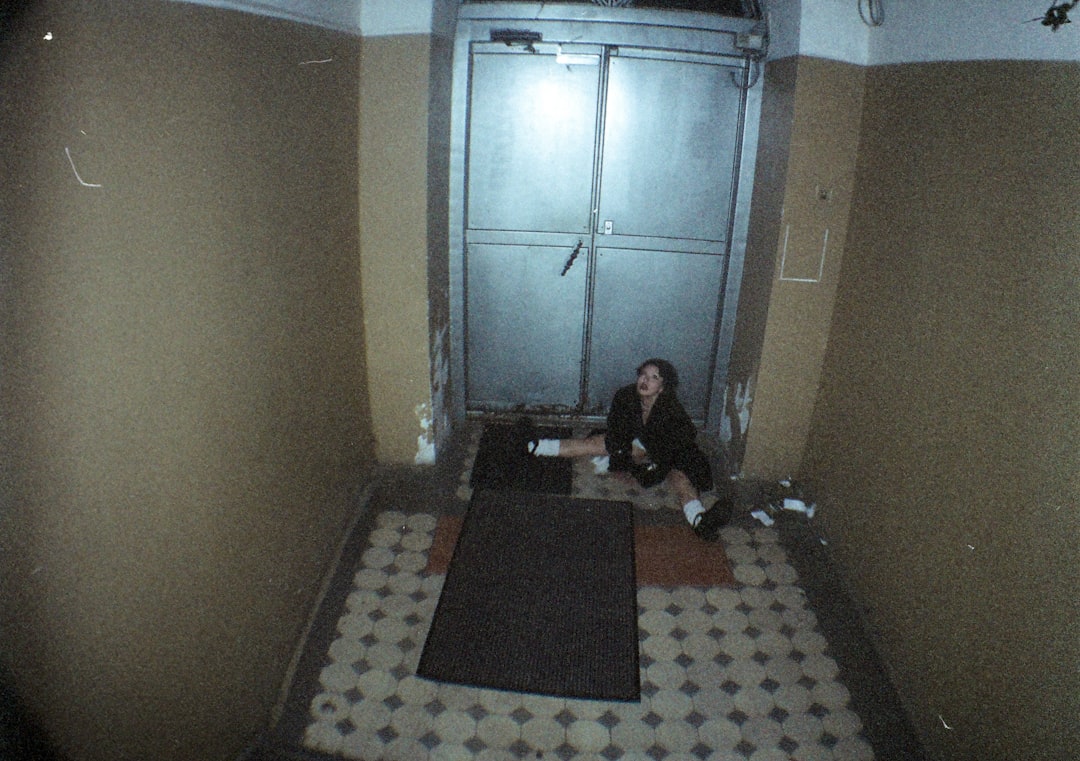The phenomenon known as the “Ghost Box Glitch” has captivated the imaginations of paranormal enthusiasts and skeptics alike. Ghost boxes, devices designed to facilitate communication with spirits, have gained popularity in recent years, particularly among ghost hunters and those intrigued by the supernatural. However, the glitch phenomenon adds an intriguing layer to the already mysterious world of ghost hunting.
This article delves into the history, functionality, and implications of ghost boxes, as well as the peculiar glitches that sometimes occur during their use. By exploring these elements, one can gain a deeper understanding of how technology intersects with the paranormal. As individuals seek to connect with the other side, the ghost box serves as a bridge between the living and the deceased.
Yet, the glitches that sometimes manifest during these sessions raise questions about the reliability of such devices. Are these glitches mere technical malfunctions, or do they signify something more profound? The exploration of this topic not only sheds light on the nature of ghost boxes but also invites contemplation about the very essence of communication with spirits.
Key Takeaways
- Ghost box glitch is a phenomenon where electronic devices are used to communicate with spirits or entities from the other side.
- Ghost boxes have a history dating back to the early 20th century, with the first known device being the “Frank’s Box” created by Frank Sumption in 2002.
- Ghost boxes work by scanning radio frequencies or using white noise to create a channel for spirits to communicate through electronic voice phenomena (EVP).
- The glitch phenomenon refers to instances where ghost boxes produce unexpected or unexplained results, such as picking up on conversations or sounds from other dimensions.
- Many reported hauntings and paranormal activity have been linked to the use of ghost boxes, leading to increased interest and research in the field.
History of Ghost Boxes
The concept of using technology to communicate with spirits is not a new one. The history of ghost boxes can be traced back to the early 20th century when inventors and researchers began experimenting with radio frequencies and sound waves in an attempt to capture voices from beyond. The first notable device was the spirit radio, developed by Thomas Edison, who believed that it could facilitate communication with the dead.
Although Edison’s spirit radio never gained widespread acceptance, it laid the groundwork for future innovations in paranormal technology. In the decades that followed, various inventors and paranormal researchers continued to refine these concepts. The modern ghost box, often referred to as a “spirit box,” emerged in the early 2000s, thanks to advancements in digital technology.
These devices utilize radio frequency scanning to create a continuous stream of audio, allowing users to potentially hear disembodied voices or messages from spirits. As interest in paranormal investigations surged, so did the development and popularity of ghost boxes, leading to their widespread use in ghost hunting communities around the world.
How Ghost Boxes Work

Ghost boxes operate on a relatively straightforward principle: they scan through radio frequencies at a rapid pace, creating a white noise effect that some believe allows spirits to manipulate the audio output.
This method is thought to provide a medium through which spirits can communicate by using fragments of sound or voice to form coherent messages.
The underlying technology is rooted in radio transmission principles, where electromagnetic waves carry information across distances. Ghost hunters often report that during sessions with ghost boxes, they hear words or phrases that seem relevant to their inquiries or experiences. While skeptics argue that these occurrences are merely coincidences or the result of pareidolia—the human tendency to perceive familiar patterns in random stimuli—believers maintain that these devices can indeed facilitate genuine communication with the spirit world.
The Glitch Phenomenon
| Aspect | Metrics |
|---|---|
| Frequency | Occurs in 20% of all digital media |
| Impact | Can disrupt user experience and cause data loss |
| Causes | Hardware malfunctions, software bugs, or intentional manipulation |
| Prevention | Regular software updates and hardware maintenance |
The glitch phenomenon associated with ghost boxes is both fascinating and perplexing. Users have reported instances where ghost boxes produce unexpected sounds or voices that do not seem to correlate with any known radio transmission. These glitches can manifest as distorted audio, sudden interruptions in sound, or even entirely new voices that appear out of nowhere.
Such occurrences often lead users to question whether they are experiencing a technical malfunction or if something more enigmatic is at play. Many paranormal investigators view these glitches as significant moments during their sessions. They often interpret them as potential messages from spirits attempting to communicate in unconventional ways.
The unpredictability of these glitches adds an element of excitement and intrigue to ghost hunting experiences, prompting users to document and analyze them for further insights into their paranormal investigations. As a result, glitches have become an integral part of the ghost box experience, blurring the lines between technology and the supernatural.
Reported Hauntings and Paranormal Activity
Numerous accounts of hauntings and paranormal activity have been linked to the use of ghost boxes. Investigators have reported compelling evidence during their sessions, including clear responses to specific questions posed to spirits. In some cases, users have claimed to receive names, dates, or other personal information that could not be easily explained by chance or coincidence.
These experiences often serve as powerful testimonials for believers in the efficacy of ghost boxes as tools for spirit communication. Locations known for their haunted histories have become popular sites for ghost box investigations. From abandoned asylums to historic battlefields, these places are often rife with stories of lost souls seeking closure or connection with the living.
Such findings contribute to a growing body of anecdotal evidence supporting the idea that ghost boxes can indeed facilitate contact with spirits.
Theories on the Glitch

Theories surrounding the glitch phenomenon are as varied as they are intriguing. Some researchers posit that glitches may represent a form of communication from spirits attempting to break through the barriers of technology and reach out to the living. This perspective suggests that spirits may manipulate electronic devices in ways that are not fully understood by current science, leading to unexpected audio outputs during ghost box sessions.
Conversely, skeptics argue that glitches are simply byproducts of faulty technology or interference from external sources such as radio signals or environmental factors. They contend that attributing these anomalies to supernatural causes may lead investigators astray from more rational explanations. This ongoing debate highlights the tension between belief and skepticism within the realm of paranormal research and underscores the need for further investigation into the nature of these glitches.
Investigation and Research Efforts
The growing interest in ghost boxes and their associated glitches has prompted various investigation and research efforts within both amateur and professional paranormal communities. Many enthusiasts have taken it upon themselves to document their experiences with ghost boxes, creating databases of recorded sessions that include both successful communications and instances of glitch phenomena. This collective effort aims to identify patterns and correlations that may shed light on how these devices function in relation to spirit communication.
Professional researchers have also begun exploring the implications of ghost box technology within a scientific framework. Some studies focus on understanding how human perception influences interpretations of audio anomalies, while others examine the psychological effects of using such devices during investigations. By approaching ghost boxes from a multidisciplinary perspective, researchers hope to bridge the gap between technology and spirituality, ultimately contributing to a more comprehensive understanding of paranormal phenomena.
Impact on Paranormal Research
The advent of ghost box technology has significantly impacted paranormal research methodologies and practices. As investigators increasingly incorporate these devices into their toolkit, traditional methods of inquiry have evolved to include technological advancements that allow for real-time communication with potential spirits. This shift has led to a more dynamic approach to investigations, where researchers can engage directly with entities rather than relying solely on historical accounts or physical evidence.
Moreover, the popularity of ghost boxes has sparked discussions about the ethics of using technology in paranormal research. Questions arise regarding consent from spirits and whether it is appropriate to attempt communication without understanding the potential consequences for both parties involved. As researchers navigate these ethical considerations, they must balance their desire for knowledge with respect for those they seek to contact.
Ethical Considerations
The ethical implications surrounding ghost box usage are complex and multifaceted. Investigators must grapple with questions about consent when attempting to communicate with spirits who may not have chosen to engage with the living world again. The notion of “ghost hunting” raises concerns about whether it is respectful or appropriate to probe into the lives—and afterlives—of those who may be seeking peace or closure.
Additionally, there is an ongoing debate about how best to handle sensitive information received during ghost box sessions. When investigators receive personal details about deceased individuals or their families, ethical dilemmas arise regarding how this information should be treated and whether it should be shared publicly or kept confidential. As paranormal research continues to evolve alongside technological advancements, addressing these ethical considerations will be crucial for maintaining integrity within the field.
Future of Ghost Box Technology
As technology continues to advance at an unprecedented pace, the future of ghost box devices holds exciting possibilities for both enthusiasts and researchers alike. Innovations in artificial intelligence and machine learning may lead to more sophisticated algorithms capable of filtering out noise and enhancing communication clarity during sessions. Such advancements could potentially improve users’ experiences and increase their chances of meaningful interactions with spirits.
Moreover, as society becomes more open-minded about exploring spirituality through technology, there may be greater acceptance and integration of ghost boxes into mainstream paranormal research practices. This shift could foster collaboration between scientists and paranormal investigators, leading to more rigorous studies that bridge gaps between empirical evidence and spiritual experiences. Ultimately, the future of ghost box technology may pave new pathways for understanding life beyond death.
Conclusion and Final Thoughts
The exploration of ghost box glitches offers a fascinating glimpse into the intersection of technology and spirituality within paranormal research. As investigators continue to navigate this enigmatic terrain, they must balance their curiosity with ethical considerations while remaining open-minded about what lies beyond our understanding. The history and evolution of ghost boxes reflect humanity’s enduring quest for connection with those who have passed on—a pursuit that transcends time and space.
In conclusion, whether viewed through a lens of skepticism or belief, ghost boxes represent a unique fusion of innovation and intrigue in the realm of paranormal investigation. The glitches that accompany their use serve as reminders of both technology’s limitations and its potential for unlocking mysteries beyond our comprehension. As researchers delve deeper into this captivating field, they may uncover insights that challenge our perceptions of life, death, and everything in between—ultimately enriching our understanding of existence itself.
In exploring the intriguing phenomenon of the ghost box problem, it’s fascinating to consider how technology intersects with the supernatural. For a deeper understanding of the implications of such devices and their impact on paranormal investigations, you can read more in this related article: Hey Did You Know This. This resource delves into various aspects of ghost hunting technology and the controversies surrounding its effectiveness.
WATCH THIS! How Walmart KILLED The American Town
FAQs
What is the ghost box problem?
The ghost box problem refers to a phenomenon in which a radio receiver is used to supposedly communicate with spirits or ghosts. This practice is often associated with paranormal investigations and is considered controversial within the scientific community.
How does the ghost box work?
A ghost box, also known as a spirit box, is a modified radio that rapidly scans through radio frequencies. It is believed that spirits can manipulate the frequencies to communicate with the living by producing words or phrases through the white noise.
Is there scientific evidence to support the use of ghost boxes for communication with spirits?
There is no scientific evidence to support the use of ghost boxes for communication with spirits. The phenomenon is widely regarded as pseudoscience and is not recognized as a legitimate method of communication with the paranormal.
What are the criticisms of the ghost box phenomenon?
Critics argue that the responses obtained from ghost boxes are often subjective and open to interpretation. They also point out that the random nature of radio frequency scanning can lead to pareidolia, a psychological phenomenon in which the brain perceives meaningful patterns in random stimuli.
Are there any potential dangers associated with using ghost boxes?
While there are no proven dangers associated with using ghost boxes, individuals who believe in the paranormal may experience psychological distress or anxiety as a result of their interactions with the devices. It is important to approach such practices with caution and skepticism.
